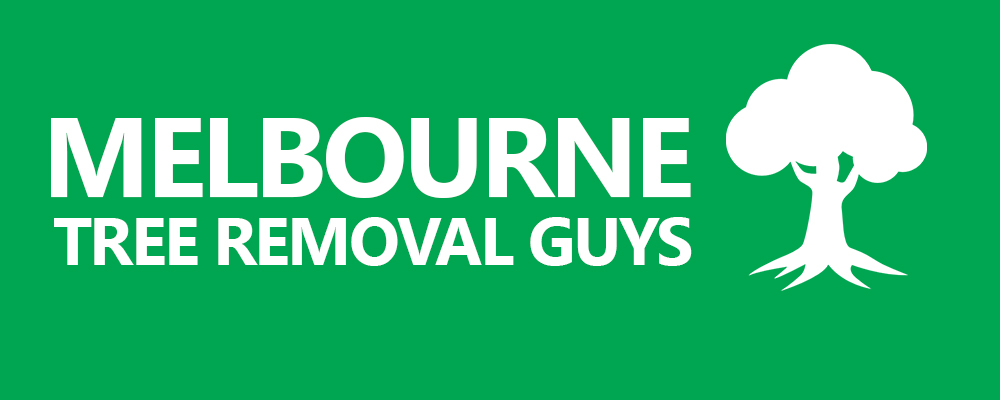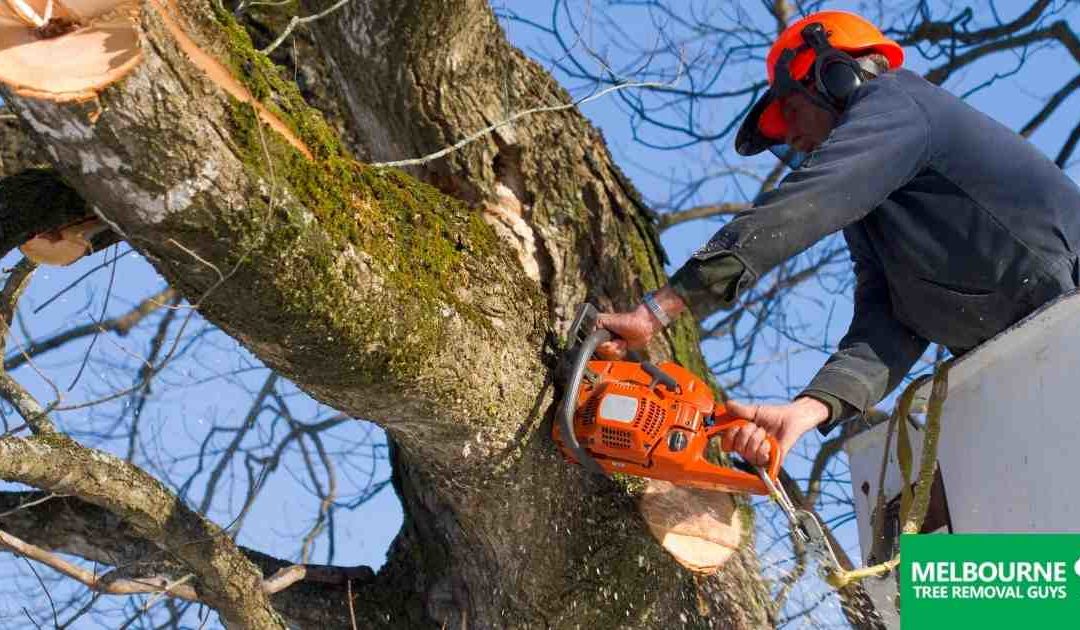When discussing our tree pruning practices, we prefer to use descriptive and proper terminology to describe the factors involved while pruning various parts of trees.
The Different Types of Crown Pruning
The most common type of pruning involves removing branches that are diseased, visibly broken, dying, or dead. Certified Arborists have a keen eye to be able to see these branches while looking at trees. It becomes second nature to arborists to identify and remove these types of branches in their day to day routine.
By removing dead, diseased, or broken branches, tree different types of pruning assists with opening a tree’s crown to allow air movement and additional light penetration. Removing excess foliage and branches also manages the risk of branch failure by reducing the weight of extended branches and limbs of the tree. There are limits for arborists as to how much pruning can be done for a tree. The rule-of-thumb is to remove less than one-fourth of the live foliage of the tree.
Storms tend to give homeowners insight into which branches are potential threats to buildings, signs, electrical wires, and streetlights. Unfortunately, these may not be identified until branches have failed. Ideally, Certified Arborists can remove poorly attached branches to diminish the hazard before it can cause harm to the tree and damage property. The process of removing these branches is for the structural integrity of the tree itself and is another way of assisting trees to be able to thrive in the landscape for many years. One structural pruning method involves cutting branches back to lower, lateral branches that allow the tree’s central leader to become dominant in the growth of the tree. This reduction pruning process will not create the same problems as tree topping which is done with large indiscriminate cuts at the top of a tree. Rather structural pruning will improve the branch spacing of the tree and cutting back branches in necessary areas will assist with maintaining a high-performing tree in the landscape.
When trees experience damage from storms, broken branches need to be pruned to manage the growth response of the affected tree. Tree pruning for this is executed by cutting back broken branches to enhance future growth.
Different Types of Tree Pruning
When trees are planted in tight spaces or too close to buildings, they may need special pruning to maintain appropriate clearance from buildings. Some other landscape structures will need special clearance pruning to maintain the space around the trees to avoid maintenance issues.
Other specialized pruning may involve topiary pruning. These types of trees or shrubs are pruned to perfection and tend to be eye-catching. If you are considering a topiary plant in your landscape, regular maintenance will be required to keep its shape.
Occasionally, branches of trees will become obstructions to views. Specialized pruning need to be done. Sometimes the solution may include pruning out whole branches, or thinning a tree out, or raising a tree crown to help ensure the tree will allow you to see the scenery you wish.
While these are only a few types of pruning, there are many variations of tree pruning. Careful consideration of the objective of the pruning will help guide the path to what kind of pruning will be used.
Melbourne Tree Removal Guys – All Tree Cutting & Other Services. Tree Services, Stump Grinding, Emergency Tree Removal Experts In Melbourne!
Click here to read more articles regarding tree removal & related services.
If you are in Narre Warren and looking for Melbourne Tree Removal Guys, below is the best way to visit us.
Melbourne Tree Removal Guys
26 Fleetwood Dr
Narre Warren VIC 3805
https://treeremoval-melbourne.com.au
*Find us on Google Map


Recent Comments